Tenant turnover seasons can get hectic for multifamily property management companies as existing tenants move out and properties are made ready for new ones. The rush of the busy season can be a challenge. Workers are stressed as they accomplish their tasks. They may need more time to get everything done, and the current labor shortage may mean they must fill in throughout the organization.
Globally, job openings in skilled trades are the most difficult to fill. Two out of three firms currently report having trouble hiring skilled labor, 40% of maintenance workers will retire in the next five years, and, in facilities maintenance, the average turnover on site is 40%.
Property managers spend a considerable amount of time locating and recruiting talent both for positions that require less skill and for top maintenance technicians. Establishing an internal training program streamlines the hiring process, creates a pipeline for talent, and produces more efficient and effective employees, helping property management companies win back time.
Recruit, Ramp and Retain Top Talent
The labor market remains constrained, but companies that offer in-house training have a competitive advantage when hiring. Today’s employees seek out companies that provide learning and upskilling opportunities. The 2022 SHRM Employee Benefits Survey found that 65 percent of employers said professional career development benefits are important now compared to 37 percent in 2020/2021. Additionally, 78 percent of employers cover opportunities to develop new skills, up from 75 percent in 2021.
What’s more, having an internal training program allows companies to hire candidates with less experience, thereby expanding the overall labor pool.
Training not only reduces the time needed to hire but also establishes a strategy to grow and develop employees internally, thereby reducing turnover while increasing employees’ efficiency and boosting their confidence. For multifamily property management companies, retaining talent is just as important as recruiting, and providing a clear career path progression can help boost longevity.
A survey by Paychex found that 63% of employees would be more likely to stay at their organization if they were provided with better career advancement opportunities. Millennials are most likely to hold this view, with 74% reporting they’d be more likely to stay at their organization with more opportunities to learn and grow, compared to 63% of Gen X, 62% of Gen Z, and 45% of Baby Boomers.
Quickly Develop a Highly-Trained Property Maintenance Team
Employees are happier and less stressed when they’re prepared, which comes from training, especially in multifamily, where employees may not know what they’ll experience going from property to property. For example, plumbing issues might be very different at one property than another or there may be seasonal issues they haven’t experienced before.
Training for new hires can also alleviate pressure on those with more experience who may be called on to be mentors or share their knowledge.
Even seasoned employees can benefit from training. With online assessments, they may realize there is more they can learn on a particular subject, or they may discover best practices, more efficient techniques or new skills that help them do their job faster and better. With online learning, employees can focus their learning on what they want to improve.
Increase Engagement and Productivity
Getting an apartment ready for the next tenant can take a lot of work. When employees are well trained on make-ready tasks, they are more efficient, making the turnaround time quicker. Productivity is always important and even more so during a busy season.
Gallup has found that engaged staff is more productive than satisfied staff, and Gallup’s State of the Global Workplace: 2022 Report reported that engaged employees are less likely to experience burnout.
Training is one of the most effective ways to increase productivity as it provides opportunities to implement structure, reduce any skills gaps that exist and ensure employees feel supported. Training increases engagement and productivity and ensures employees stay current on best practices, which makes them more effective and can boost their confidence in the field.
By providing structured training, companies are giving their techs the resources they need to diagnose and troubleshoot more effectively, get the job done right the first time and decrease the amount of call-backs received. Call-backs not only frustrate tenants but eat into productivity and profits.
Fortunately for employers, there is a strong return on investment for in-house learning. Companies investing $1,500 a year per person in employee training can improve their company’s income by 24%.
Create an Effective Training Program that Scales with Your Company
Digital offerings are removing several of the historical barriers to training. Geographical dispersion is one of the hardest issues multifamily locations face. It can be difficult to get employees together for classes or to find a class conveniently located for all employees. Online learning can be done anytime, anywhere, making it an ideal solution that is also more efficient.
If employees must travel to training, they spend more time away from work and incur travel expenses. Even training just an hour away results in two hours round trip of driving time. Additionally, one of the problems in the skilled trades is that there hasn’t been a great way for people to find skill training outside of paid schooling.
Digital options also provide opportunities to tailor a program to individual learners’ needs and develop custom learning paths. There isn’t a one-size-fits all approach to learning, and online training is scalable for different learning styles and the company’s needs, which may vary from complex to complex.
There are several things employers must do to ensure online training programs are a success.
- Support: Employers can give people the support system that they need to get them excited about training. The employer’s attitude influences everything. If you’re not excited about training, it is hard to get employees excited, or if you’re begrudgingly giving employees time to do training, they’ll be hesitant to take part.
- Structure: Creating a structured time for training can ensure employees complete available training. Ideally, employers will provide time during the workday, which gives them time to get it done and shows them management cares about them as a person as well as their professional growth.
- Accountability: There needs to be a certain level of expectation that employees will complete training in certain intervals. Holding employees accountable also includes checking in with them to see what training they’ve completed, and if they haven’t, why.
At the end of the day, people spend 80% of their lives at work and want to feel supported, and investing in their success and future is one of the best ways to show support. Employers will get an ROI in their training investment with happier employees who are more efficient and thorough, making a busy season run smoother for everyone.









